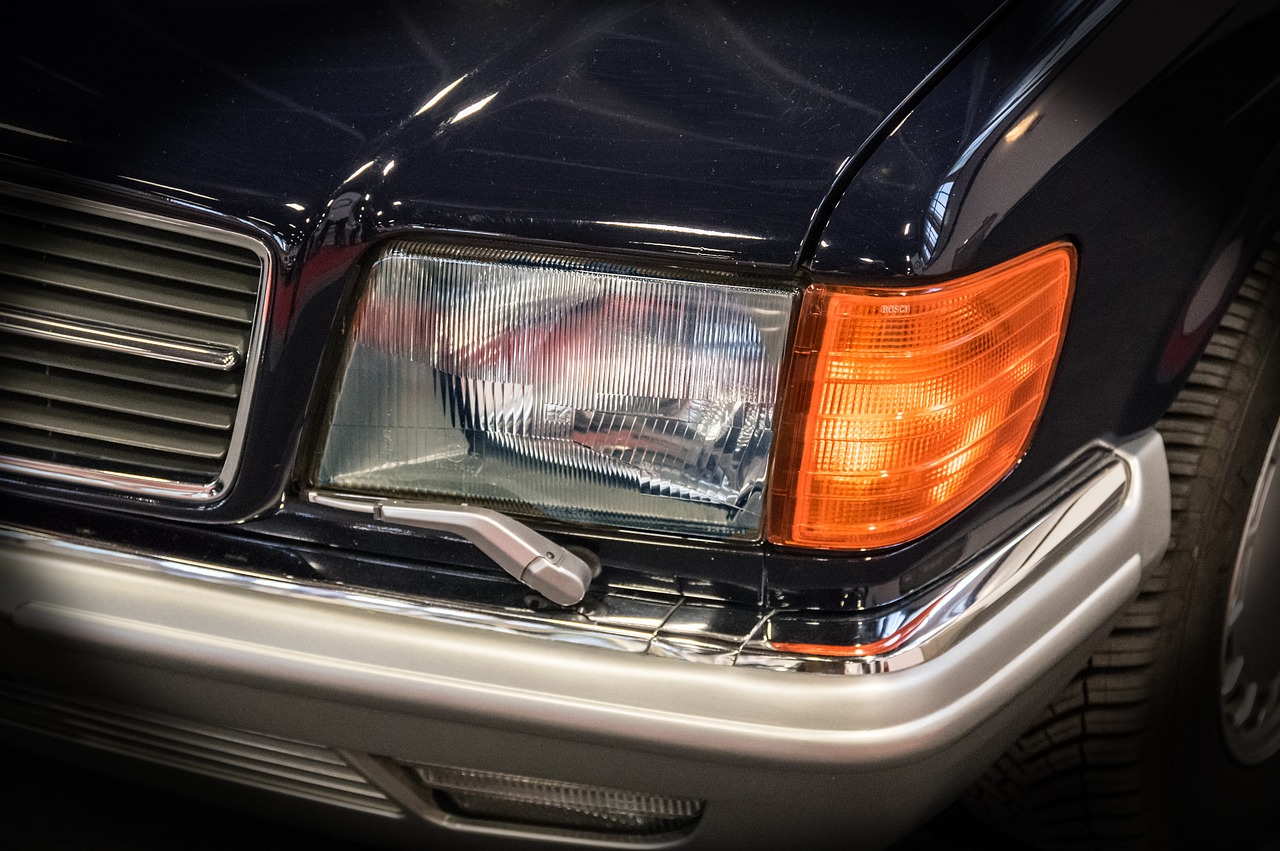Roundabouts are a common feature on UK roads, designed to improve traffic flow and reduce the risk of accidents at busy junctions. However, for many learner drivers and even experienced motorists, navigating roundabouts can be a daunting and challenging task. Understanding the rules, developing the right techniques, and gaining practical experience can help you navigate roundabouts confidently, ensuring you maintain safety and efficiency on the roads.
In this article, we will delve into the key aspects of roundabout navigation, providing expert tips and guidance to help you conquer even the most complex junctions with ease.
Understanding Lane Positioning and Selection

Selecting the appropriate lane on a roundabout is crucial for both safety and efficient navigation. Keep these guidelines in mind to help you choose the correct lane:
– Approaching the roundabout: Observe the signs and road markings as you approach the roundabout, taking note of any lane directions. Generally, use the left lane for exits to the left or straight ahead, and use the right lane for exits to the right.
– In multi-lane roundabouts: For roundabouts with more than two lanes, pay close attention to the road markings and signs, and choose the lane that corresponds to your intended exit. Sometimes, the middle lane may be used for turning right or continuing straight. Always refer to the specific instructions indicated by the road signs.
– Checking for other traffic: Before entering the roundabout, look right for any oncoming traffic, and only join when it is safe to do so.
– Staying in your lane: Make sure to maintain your position within your chosen lane while in the roundabout, avoiding sudden lane changes without proper signaling.
Signaling Effectively

Using your indicators correctly while navigating roundabouts is important for both safety and communication with other road users. Here are some tips for effective signalling on roundabouts:
– Indicating your intentions: Signal your intentions clearly to other drivers on the approach and while navigating the roundabout. Signal left if you are taking the first exit, right if you are taking the last exit, and no signal if continuing straight ahead until you pass the exit before your intended one.
– Signalling when exiting: Regardless of which exit you’re taking, always signal left just after you pass the exit before your intended one. This will inform others of your intention to leave the roundabout and allow them to adjust their driving accordingly.
– Being aware of others: Stay vigilant of other drivers’ signals, anticipate their intentions, and be prepared to adjust your manoeuvre if necessary for safety.
Prioritising Safety

Ensuring safety during all stages of roundabout navigation is crucial for both the driver and other road users. Follow these guidelines for a safe roundabout experience:
– Giving way: Always give way to traffic approaching from the right, remembering that traffic in the roundabout has priority. Only enter the roundabout when you have a clear and safe gap in traffic.
– Be cautious of cyclists and motorcyclists: Due to their smaller size, cyclists and motorcyclists can sometimes be harder to spot when navigating roundabouts. Stay vigilant, and double-check your mirrors and blind spots before making any manoeuvre.
– Exit with care: As you exit the roundabout, check your mirrors, signal your intention to leave, and keep an eye out for any pedestrians, cyclists, or vehicles that may be crossing your path.
Advanced Roundabout Techniques and Tips

Once you’ve mastered the basics of roundabout navigation, consider these advanced tips to further refine your skill set and confidence:
– Handling unconventional roundabouts: Some roundabouts may have unusual layouts or unconventional signage. Stay attentive and flexible, applying the same principles of giving way to the right and observing signs and road markings.
– Anticipating traffic patterns: With practice, you’ll begin to anticipate common traffic patterns and behaviours on roundabouts. Use this knowledge to plan your manoeuvres and identify safe gaps in traffic more effectively.
– Maintaining a proper speed: Adjust your speed based on the size and condition of the roundabout. For smaller roundabouts, you may need to slow down significantly to safely navigate tight turns, while larger roundabouts may allow for slightly higher speeds.
Final thoughts
Mastering roundabout navigation is a vital skill for any driver, ensuring you’re well-equipped to handle complex junctions with confidence and safety. With practice, expert guidance, and a focus on key strategies such as lane positioning, signalling, and safety, you can learn to efficiently tackle roundabouts of all shapes and sizes.
